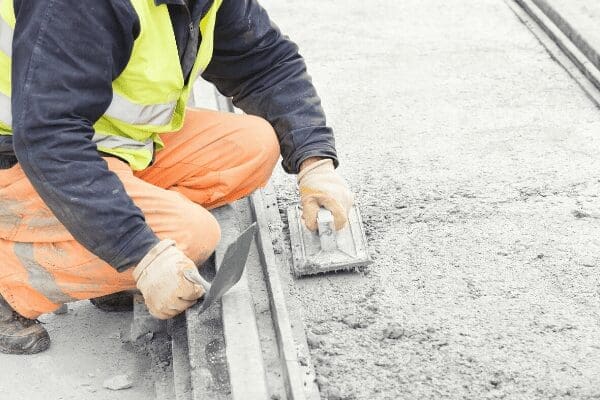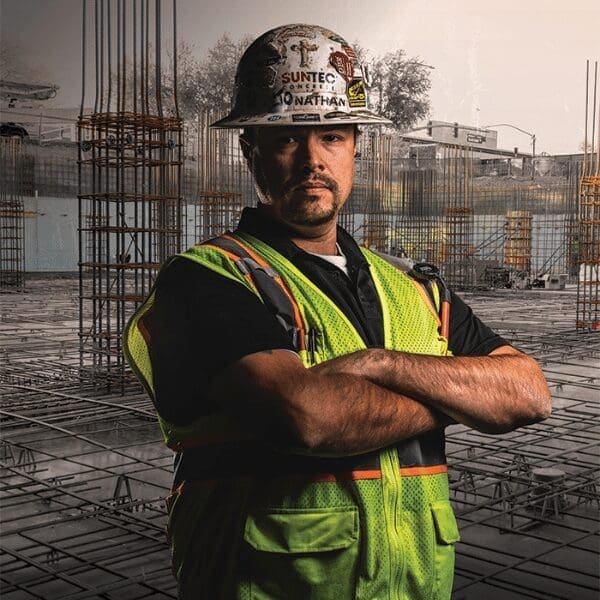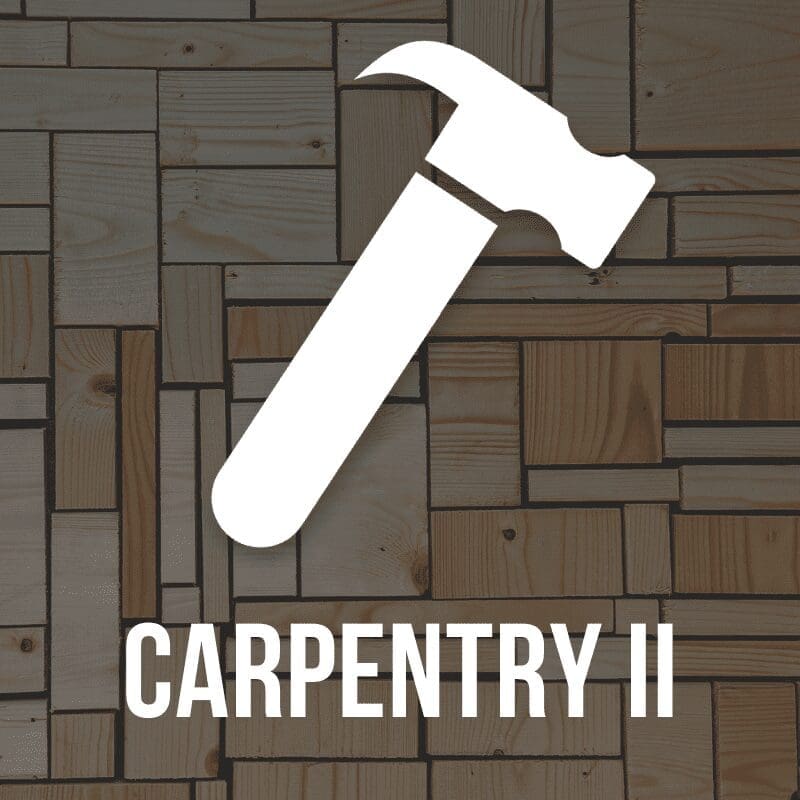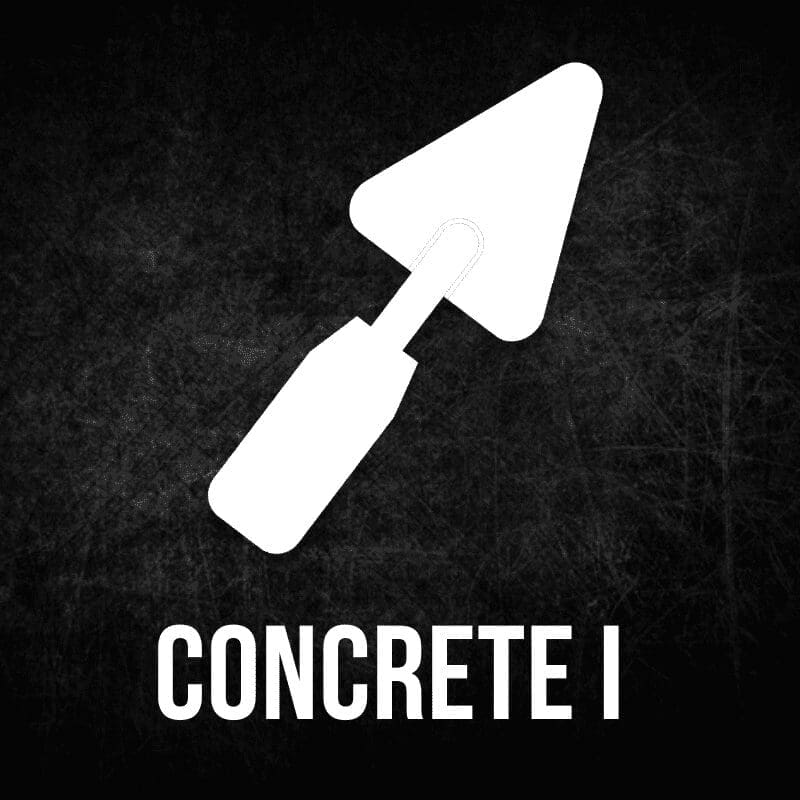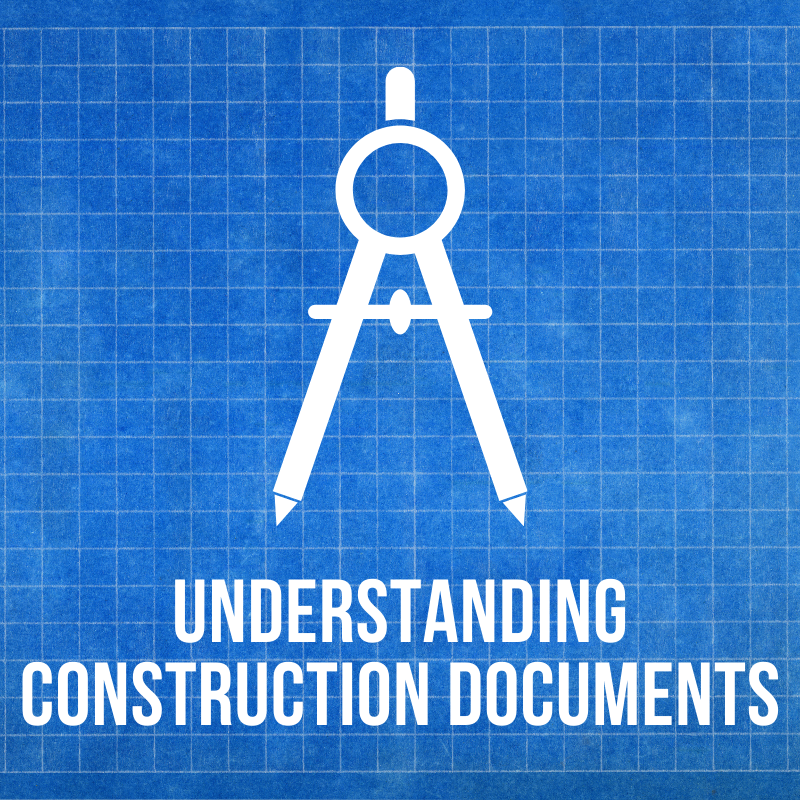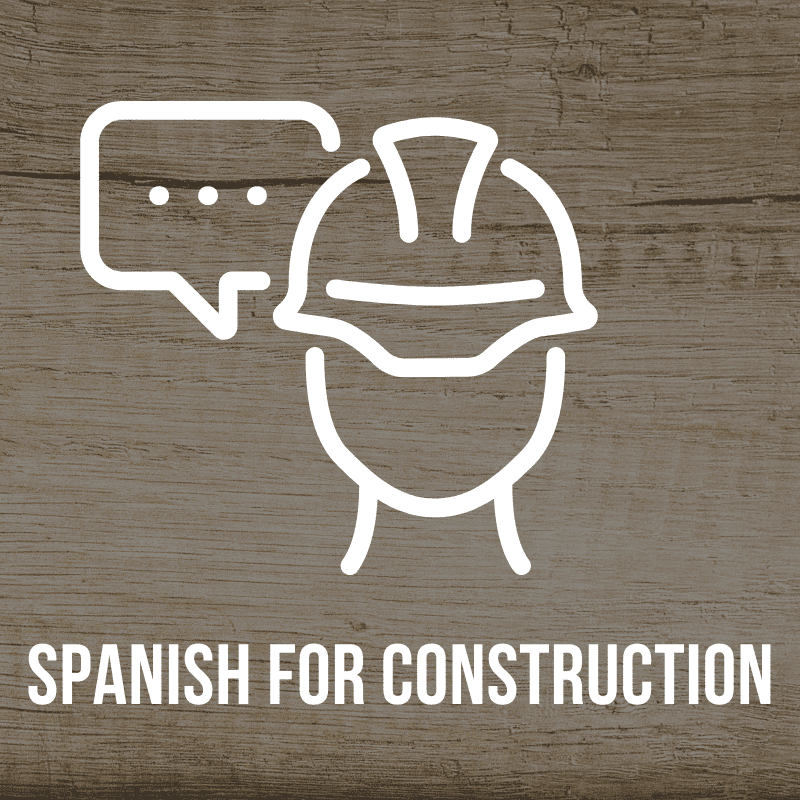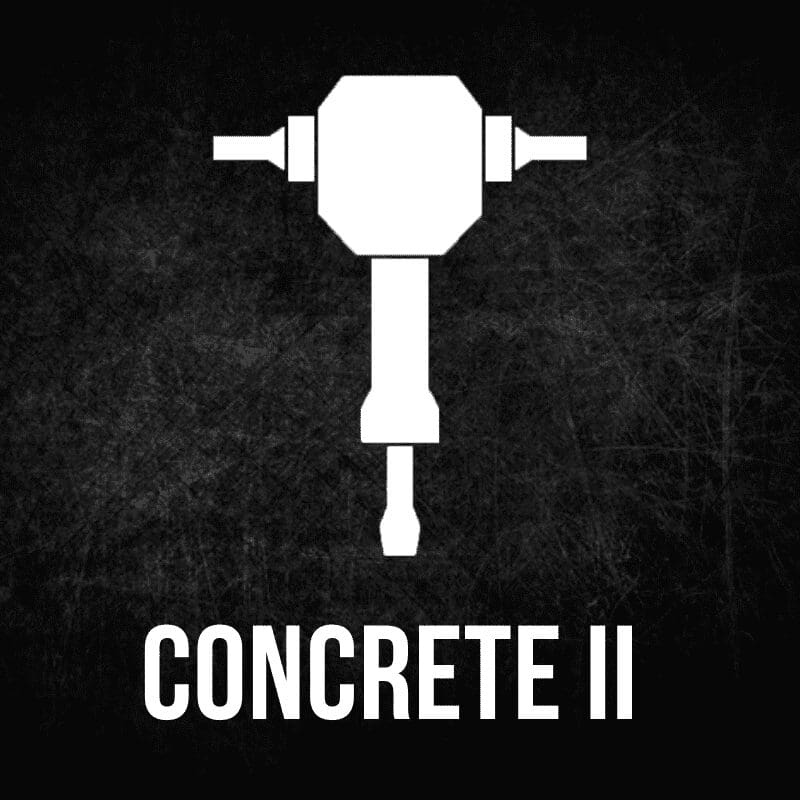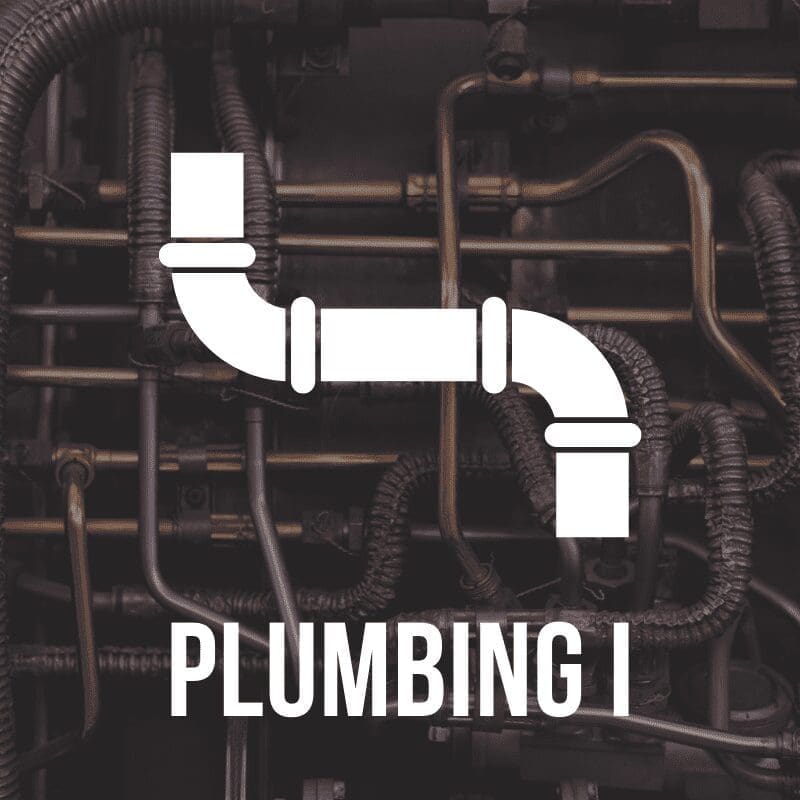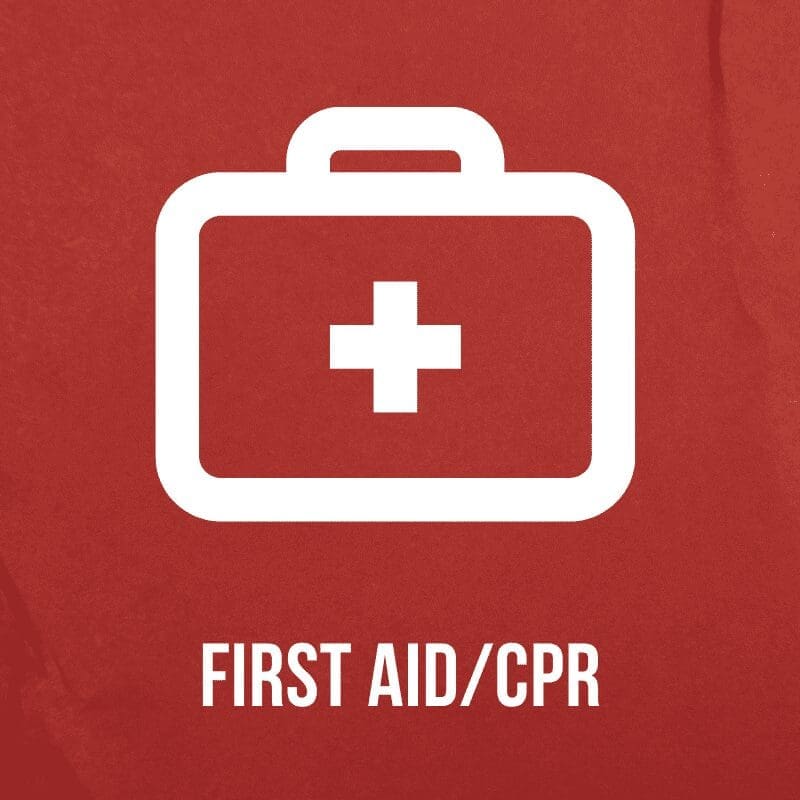Concrete I
WMCI’s introductory Concrete training course is a comprehensive program designed to advance your career in the concrete industry. This course is specifically crafted to provide post-secondary students and entry-level employees at West Michigan concrete companies with the essential knowledge and hands-on skills to grow into a successful and confident concrete finisher.
Registration for Concrete I is now closed for the Spring ’25 semester.
Make sure to join the WMCI mailing list to be notified first when this class is open for enrollment again.
Course Description
Students will develop concrete skills that that can be immediately applied in the field. Beginning with the essentials of concrete safety, tools, and equipment, the course progresses into a variety of commercial concrete applications, including placement, reinforcing, formwork and finishing.
In addition, students will also graduate Concrete I with NCCER’s CORE: Foundational Construction Skills certification. This certification further equips them for success by teaching foundational construction skills such as using power tools, safety practices, job site teamwork, and more.
Course details
- Fall Semester Dates: August 19 2024 - December 19, 2024
- Spring Semester Dates: January 8 2025 - March 26, 2025
- Time: 7AM - 4PM
- Tuition: $4,000 ($2,000 billed each semester)
- Material/Lab Fees: $225
- Course Textbook Fees: $180
credentials earned
- NCCER CORE Certification
- NCCER Concrete I Module Completions
- WMCI Certificate of Completion
what you'll learn in concrete i
Concrete I Fall Curriculum
Basic Safety
Work at construction and industrial job sites can be hazardous. Most job-site incidents are caused by at-risk behavior, poor planning, lack of training, or failure to recognize the hazards. To help prevent incidents, every company must have a proactive safety program. Safety must be incorporated into all phases of the job and involve employees at every level, including management.
Introduction to Construction Math
Craft professionals rely on math to do their jobs accurately and efficiently. Plumbers calculate pipe lengths, plan drain slopes, and interpret dimensioned plans. Carpenters meet code requirements by using math to frame walls and ceilings properly. HVAC professionals develop ductwork and calculate airflow with practical geometry. Whichever craft lies in your future, math will play a role in it. This module reviews the math that you will need and sharpens the skills that you will be using in the exciting modules ahead.
Introduction to Hand Tools
Every profession has its tools. A surgeon uses a scalpel, an instructor uses a whiteboard, and an accountant uses a calculator. The construction crafts require a broad array of hand tools. Even if you are familiar with some of the tools, all craftworkers need to learn how to select, maintain, and use them safely. A quality hand tool may cost more up front, but if it is properly used and maintained, it will last for years. A true craft professional invests wisely in hand tools, and uses, maintains, and stores them with the same wisdom.
Introduction to Power Tools
Power tools play an important role in the construction industry. Thousands of construction workers across the world use power tools every day to make holes, cut different types of materials, smooth rough surfaces, and shape a variety of products. Regardless of their specialization, all construction workers eventually use power tools on their job. This module provides an overview of the common types of power tools and how they function. It also describes the proper techniques required to ensure their safe and efficient operation.
Introduction to Construction Drawings
Various types of construction drawings are used to represent actual components of a building project. The drawings provide specific information about the locations of the parts of a structure, the types of materials to be used, and the correct layout of the building. Knowing the purposes of the different types of drawings and interpreting the drawings correctly are important skills for anyone who works in the construction trades. This module introduces common types of construction drawings, their basic components, standard drawing elements, and measurement tools that are typically used when working with construction drawings.
Basic Communication Skills
The construction professional communicates constantly. The ability to communicate skillfully will help to make you a better worker and a more effective leader. This module provides guidance in listening to understand, and speaking with clarity. It explains how to use and understand written materials, and it also provides techniques and guidelines that will help you to improve your writing skills.
Basic Employability Skills
Becoming gainfully employed in the construction industry takes more preparation than simply filling out a job application. It is essential to understand how the construction industry and potential employers operate. Your trade skills are extremely important, but all employers are also looking for those who are eager to advance and demonstrate positive personal characteristics. This module discusses the skills needed to pursue employment successfully.
Introduction to Materials Handling
Lifting, stacking, transporting, and unloading materials such as brick, pipe, and various supplies are routine tasks on a job site. Whether performing these tasks manually or with the aid of specialized equipment, workers must follow basic safety guidelines to keep themselves and their co-workers safe. This module provides guidelines for using the appropriate PPE for the material being handled and using proper procedures and techniques to carry out the job.
Concrete I Spring Curriculum
Introduction to Concrete Construction
Introduces the role of concrete in construction and identifies basic concrete properties and characteristics. Provides an overview of the concrete construction process, identifies opportunities available to concrete craftworkers, and describes the purpose and structure of apprenticeship programs.
Concrete Safety
Describes the role of OSHA in the workplace and presents safety hazards unique to the concrete construction environment, including the control of silica dust. Identifies and describes the PPE concrete craftworkers commonly require.
Fall Protection Orientation
Covers fundamental safety and hazard recognition concepts. Introduces the role of OSHA in regulating elevated work on the jobsite and the causes, costs, and consequences of falls. Presents proper use of fall protection equipment; safe use of stairs, ladders, and scaffolds; and guidelines for use of aerial lifts.
Concrete Tools and Equipment
Introduces trainees to a wide variety of both hand tools and powered equipment used in concrete construction, including screeds, floats, trowels, saws, grinders, and mixing equipment. Tips for the safe use of tools and equipment are also provided.
Preparing for Placement
Provides an overview of common concrete construction tasks that take place before placement begins. Covers elevations and subgrade preparation, as well basic form types, joints, and pre-placement inspections.
Reinforcing Concrete
Explains the selection and uses of different types of reinforcing materials. Describes requirements for bending, cutting, splicing, and tying reinforcing steel and the placement of steel in footings and foundations, walls, columns, and beams and girders.
Foundations and Slabs-On-Grade
Covers basic site layout safety, tools, and methods; layout and construction of deep and shallow foundations; types of foundation forms; layout and formation of slabs-on-grade; and forms used for curbing and paving.
Vertical Formwork
Covers the applications and construction methods for types of forming and form hardware systems for walls, columns, and stairs, as well as slip and climbing forms. Provides an overview of the assembly, erection, and stripping of gang forms.
Horizontal Formwork
Describes elevated decks and formwork systems and methods used in their construction. Covers joist, pan, beam and slab, flat slab, composite slab, and specialty form systems and provides instructions for the use of flying decks, as well as shoring and reshoring systems.
Site Concrete
Describes the construction of various placements that are common to many building construction projects, including curbs and gutters, stairways and steps, walks, driveways, and patios.
Finishing Concrete
Identifies and describes how to apply basic concrete finishing techniques. Includes coverage of floating and trowleing, edging, jointing, and various surface finishes.
Curing and Protecting Concrete
Describes the essential concrete curing and protection process. Introduces various approaches to curing and the primary factors that significantly affect the resulting strength and durability of the placement.
concrete I Registration Form
Registration for Concrete I is now closed for the Spring '25 Semester.


